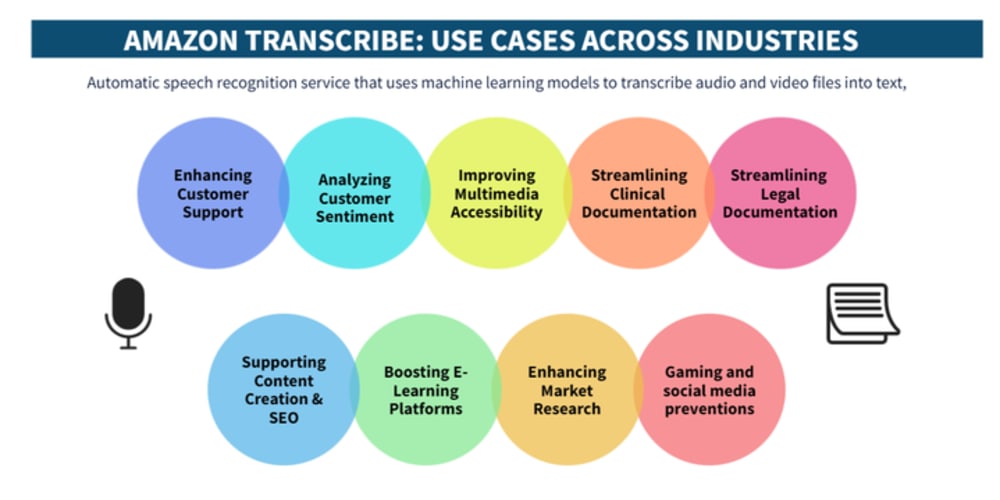Machine learning (ML) is transforming industries and creating new opportunities for developers worldwide. If you're a developer looking to dive into this exciting field, this guide will help you get started with practical coding examples.
Understanding Machine Learning
Machine learning is a subset of artificial intelligence (AI) that involves training algorithms to learn from data and make predictions or decisions without explicit programming. The process generally involves:
Data Collection: Gathering relevant data.
Data Preprocessing: Cleaning and preparing data.
Model Selection: Choosing an appropriate algorithm.
Training: Feeding data into the model.
Evaluation: Assessing model performance.
Prediction: Using the model to make predictions.
Prerequisites
Before diving into ML, you should have a solid understanding of:
Python: The most widely used programming language in ML.
Mathematics: Basic knowledge of statistics, linear algebra, and calculus.
Libraries: Familiarity with libraries like NumPy, pandas, and matplotlib.
Setting Up Your Environment
First, set up your environment. Install Python and the necessary libraries:
pip install numpy pandas scikit-learn matplotlib
A Simple ML Example: Predicting Housing Prices
Let's start with a simple example of predicting housing prices using linear regression.
Step 1: Import Libraries
import numpy as np
import pandas as pd
from sklearn.model_selection import train_test_split
from sklearn.linear_model import LinearRegression
import matplotlib.pyplot as plt
Step 2: Load and Prepare Data
For this example, we'll use a dataset containing information about housing prices.
# Load dataset
data = pd.read_csv('housing.csv')
# Display first few rows
print(data.head())
Step 3: Data Preprocessing
Handle missing values and split the data into training and testing sets.
# Fill missing values
data.fillna(data.mean(), inplace=True)
# Define features and target variable
X = data[['size', 'bedrooms', 'bathrooms']]
y = data['price']
# Split the data
X_train, X_test, y_train, y_test = train_test_split(X, y, test_size=0.2, random_state=42)
Step 4: Train the Model
Train a linear regression model on the training data.
# Initialize and train the model
model = LinearRegression()
model.fit(X_train, y_train)
Step 5: Evaluate the Model
Assess the model's performance using the testing data.
# Make predictions
y_pred = model.predict(X_test)
# Calculate mean squared error
mse = np.mean((y_test - y_pred)**2)
print(f'Mean Squared Error: {mse}')
# Plot results
plt.scatter(y_test, y_pred)
plt.xlabel('Actual Prices')
plt.ylabel('Predicted Prices')
plt.title('Actual vs Predicted Prices')
plt.show()
Exploring More Advanced Topics
Once you're comfortable with basic concepts, explore more advanced topics:
Classification: Use algorithms like logistic regression, decision trees, and support vector machines to classify data.
Clustering: Implement k-means or hierarchical clustering to group similar data points.
Deep Learning: Dive into neural networks with frameworks like TensorFlow and PyTorch.
Conclusion
Machine learning is a powerful tool that can help you solve complex problems and make data-driven decisions. By starting with simple projects and gradually exploring more advanced topics, you can build a solid foundation in ML. Keep experimenting, stay curious, and join the vibrant community of machine learning enthusiasts.
If you have any questions or need further guidance, feel free to reach out. Happy coding!
Thank you for reading my article! For more updates and useful information, feel free to connect with me on LinkedIn and follow me on Twitter. I look forward to engaging with more like-minded professionals and sharing valuable insights.



















